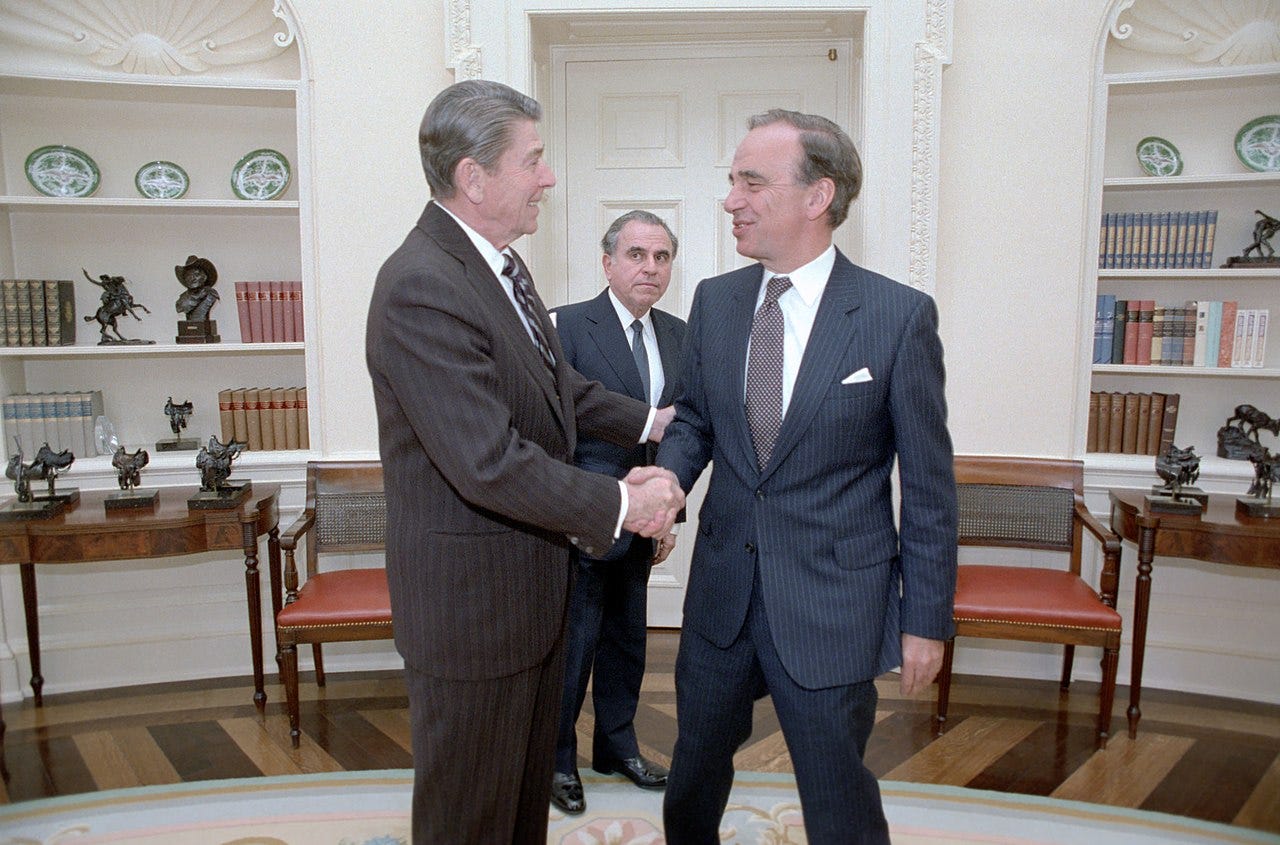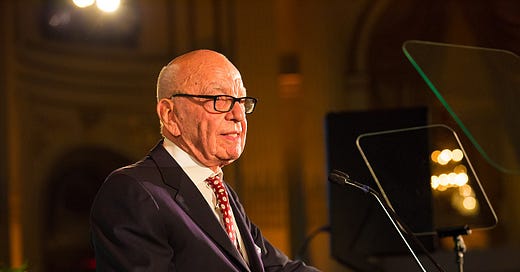Ban on Murdoch Newspaper Interference Removed After 40 Years
The legal separation of News Corp's Times and Sunday Times, in place since their purchase in 1981, has been lifted.
Culture secretary Nadine Dorries has removed the legal restrictions keeping the editorial practices of the Times and the Sunday Times separate. Intended to mitigate Rupert Murdoch’s influence over British politics, the restrictions were put in place in 1981 when his company, News Corp, bought both titles, gaining him a 40% “controlling stake” in the British newspaper market.
The Guardian’s media editor Jim Waterson wrote that the decision paves the way for a new merger. In a joint email to staff, the current editors stated there are “no plans”.
In its application for removal News Corp successfully argued that, due to the changes in the newspaper industry over the last few decades, there was no longer a need for protection and removal would promote the papers’ commercial viability.
In their advice to the government, communications regulator Ofcom agreed, stating:
they do not consider the removal “will have a material impact on plurality”
they support the ways in which news organisations are trying to protect “the long-term viability of their titles”
due to the reputational damage that could come from Murdoch’s interference, it’s unlikely he would execute it
due to News Corp’s digital strategy, “over time the separation of the print titles will be apparent to fewer readers” anyway
by supporting commercial viability, the removal “could have a positive effect on plurality in the long term”
The regulator also said, “The UK newspaper market is currently reasonably plural, and consumers increasingly get their news from a range of different sources.”
(Objectively, the majority of national UK print newspapers have leaned right for decades.)

Introduction of the restrictions in 1981 did not stop Murdoch’s significant, global political influence. He already owned the Sun, which became the most widely read paper in Britain, and the News of the World which for a time was the most widely read English-language title in the world.
The restrictions were put in place after a meeting at Chequers, which was denied at the time, between Murdoch and then-prime minister Margaret Thatcher. They allowed the PM the cover needed to approve the sale of the two papers to Murdoch without having to refer it to the Monopolies and Mergers Commission (MMC).

In a 2015 long-read Harold Evans, who chaired the editorial boards of the Sunday Times and then the Times, called it a “coup that transformed the relationship between British politics and journalism”:
“[Thatcher] was trailing in the polls, caught in a recession she had inherited, eager for an assured cheerleader at a difficult time. Her guest had an agenda too. He was Rupert Murdoch, eager to secure her help in acquiring control of nearly 40% of the British press.
Both parties got what they wanted.”
Waterson notes in his report that “In reality, Murdoch was often able to sidestep the restrictions. He appointed new editors of the Times and the Sunday Times in 2013, and the independent directors initially refused to back the decision. Murdoch simply announced his new hires as “temporary acting editors” until an agreement was reached.”
The lifting of the restrictions is symbolically significant, and in time may become legally significant if the company moves to merge the titles.
However, Murdoch has spent the last several decades proving that even legal restrictions negotiated directly alongside heads of state will not limit him. Moving forward, there’s no reason to expect anything but business as usual.
For more media industry news subscribe to Chompsky: Power and Pop Culture for free OR pay less than £5 ($7) a month to get all my articles and the weekly news/campaigns roundup newsletter 👇👇👇 Thanks!
If you can’t subscribe, you’re still very welcome here. Please share to show your support instead! 👇👇👇 Thank you.




